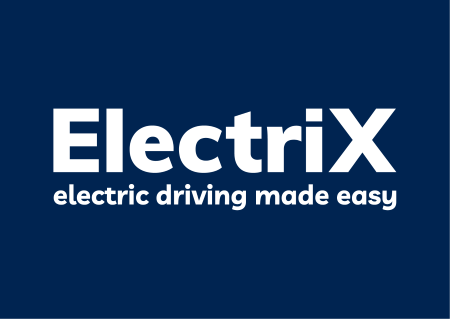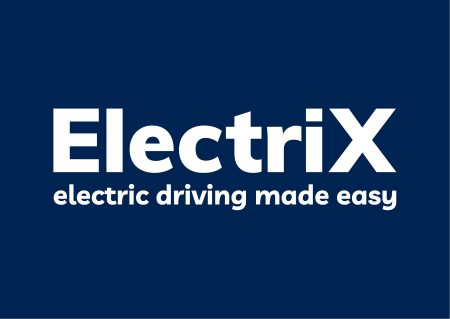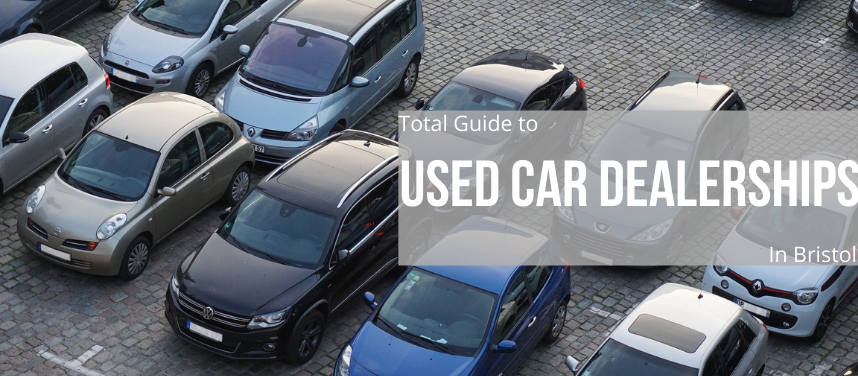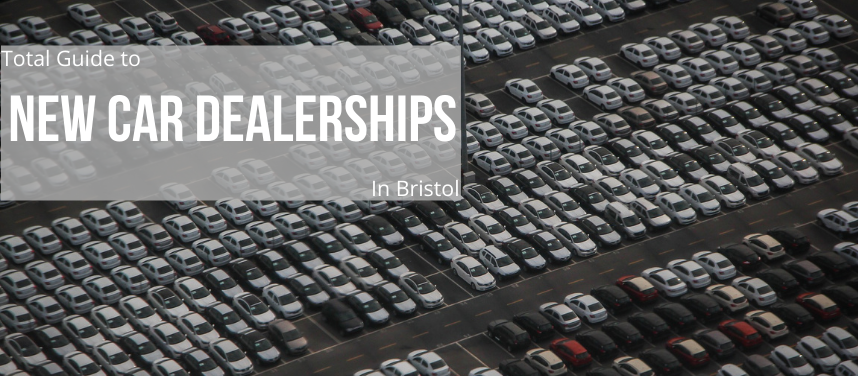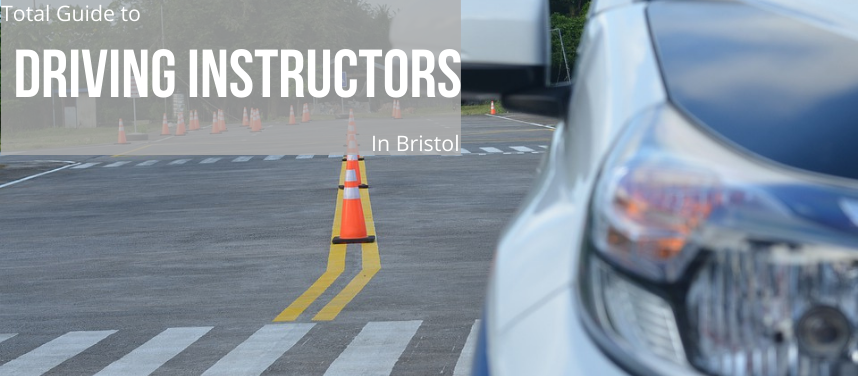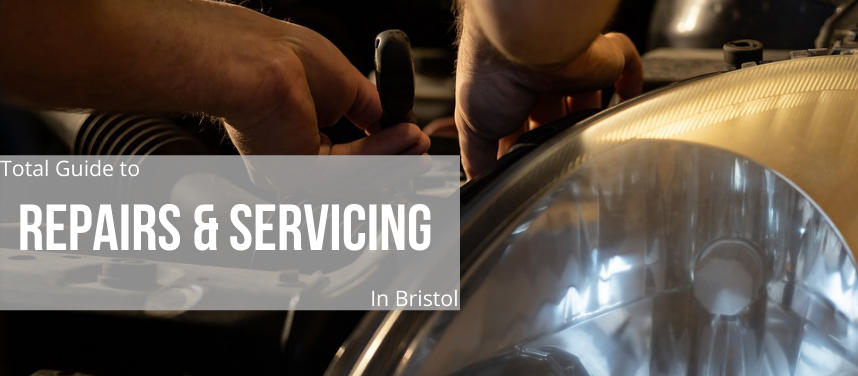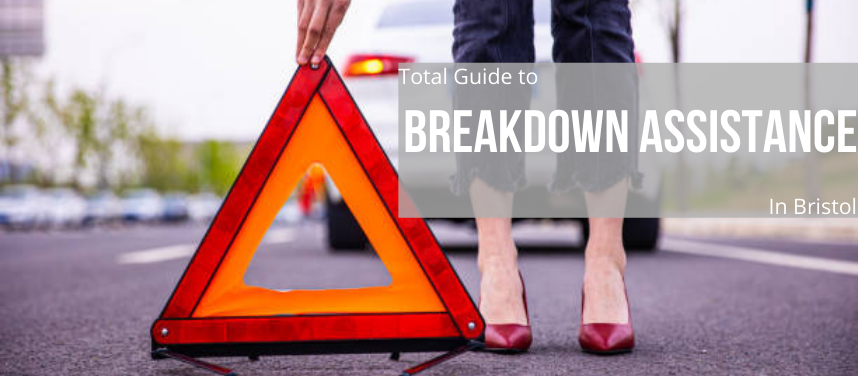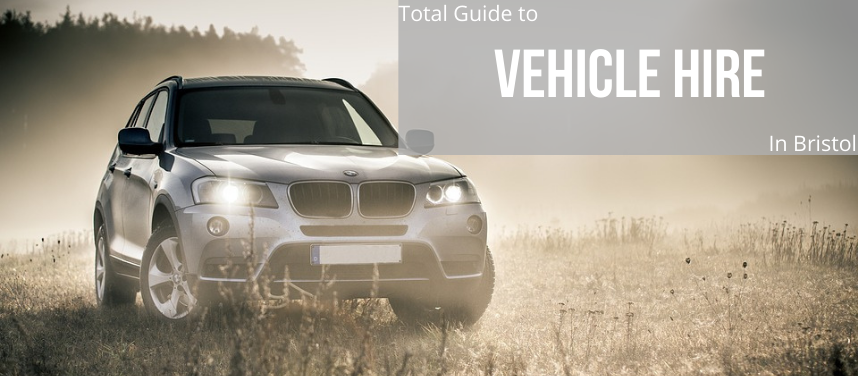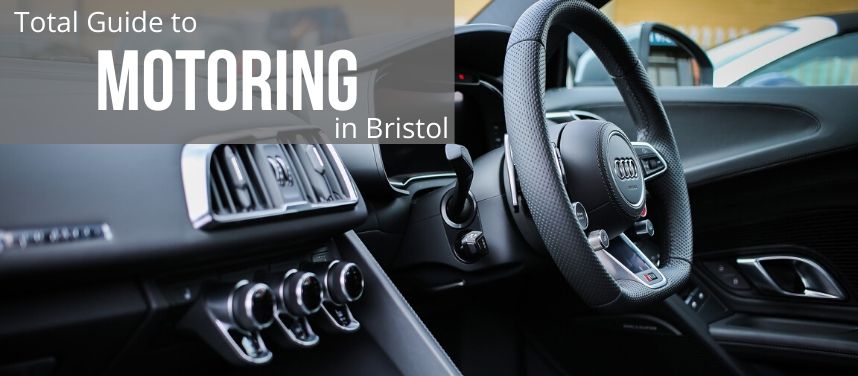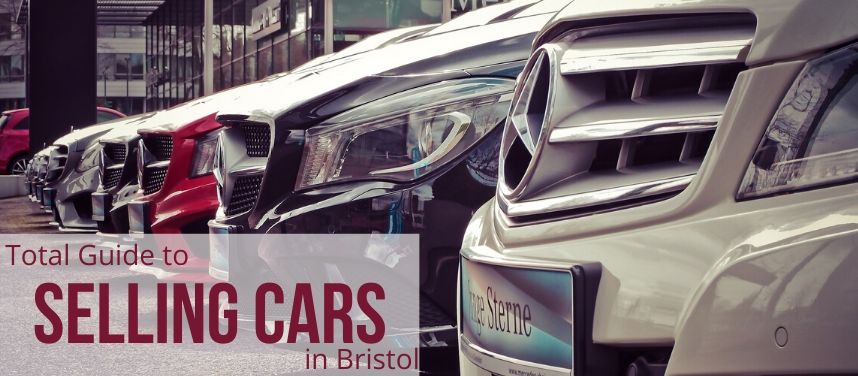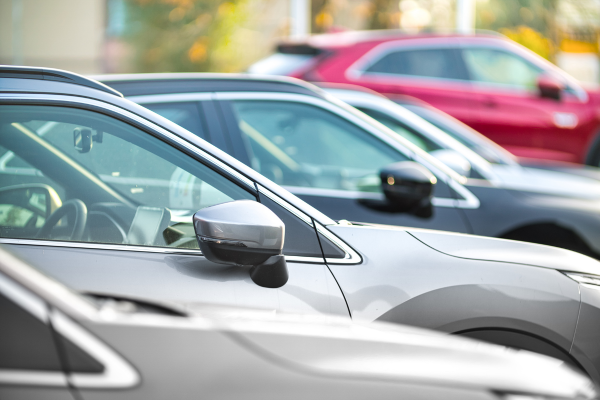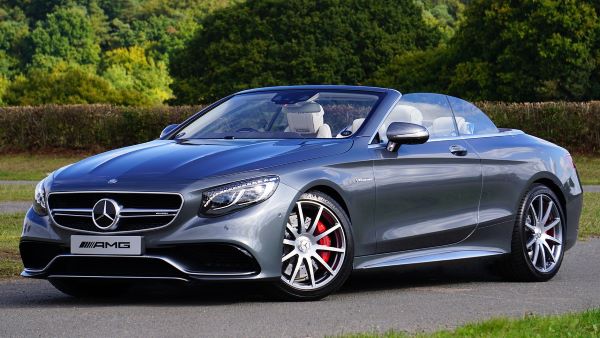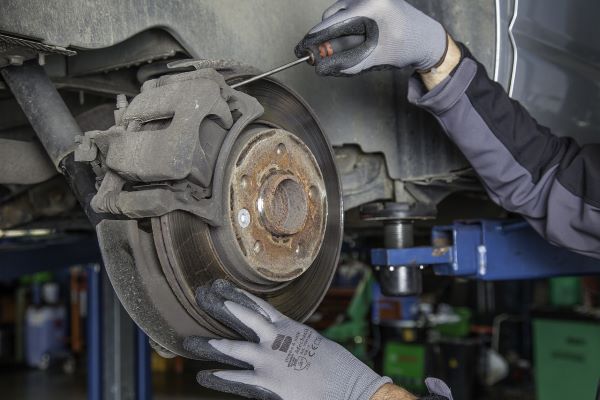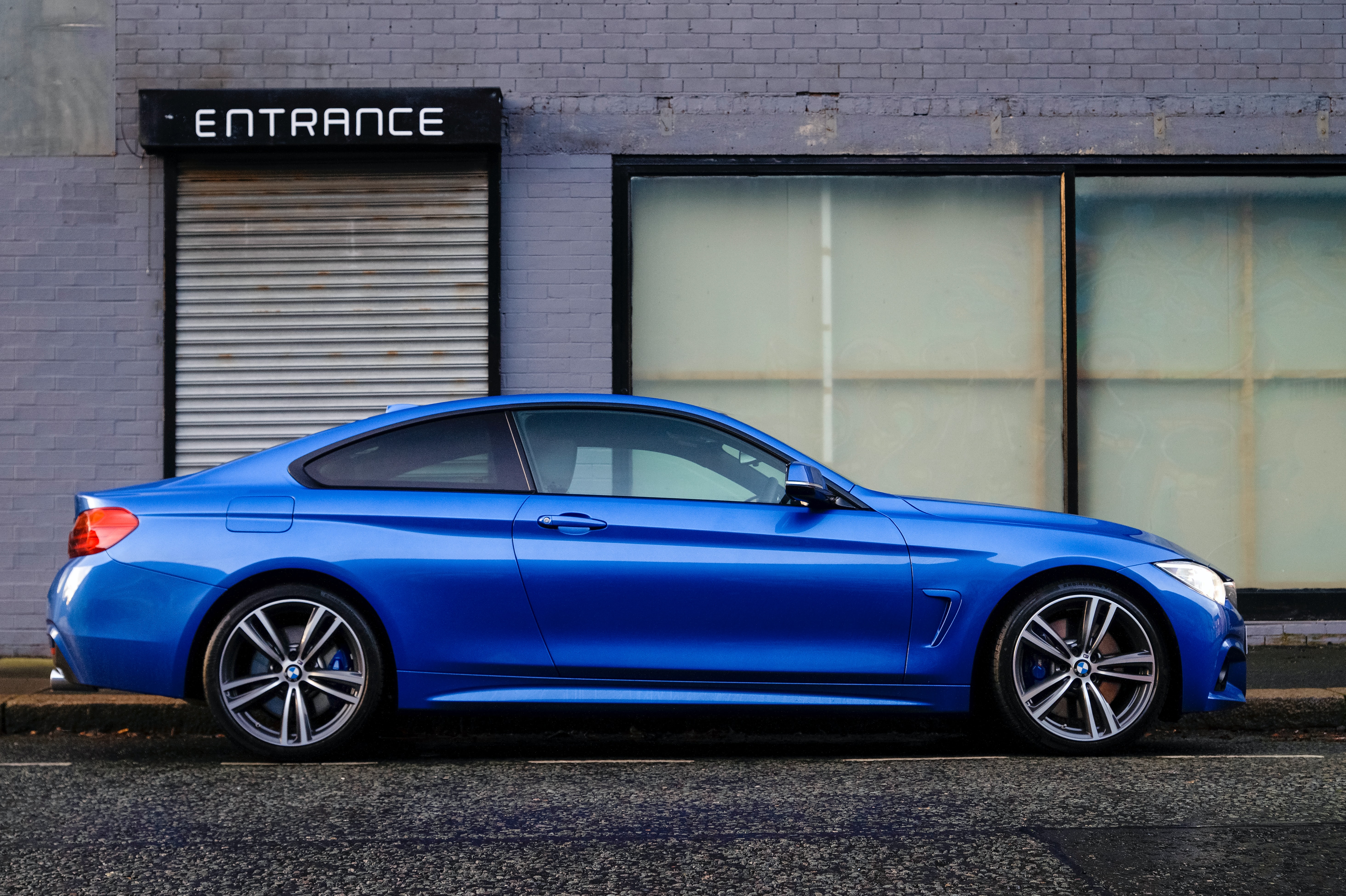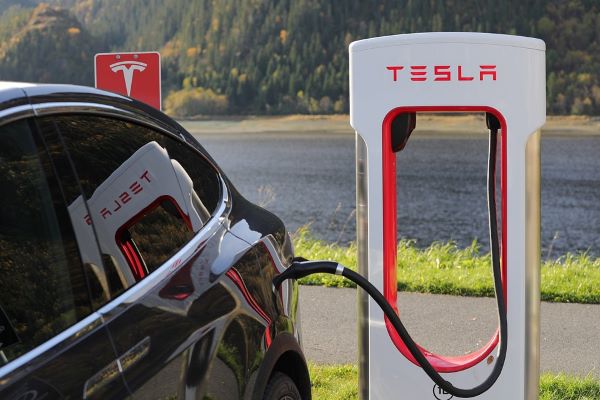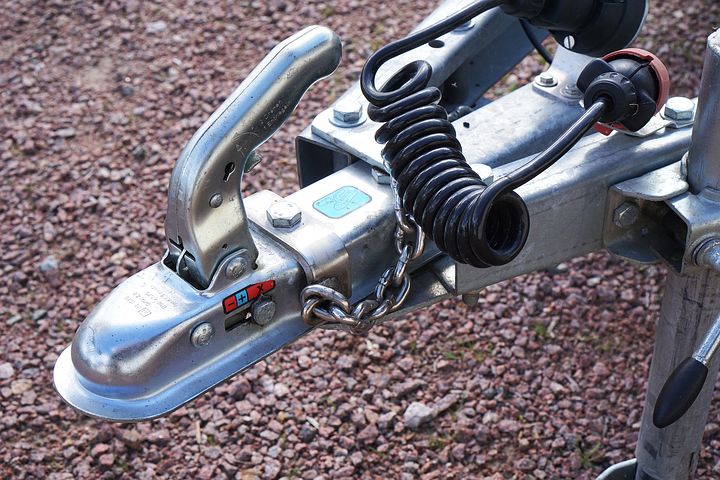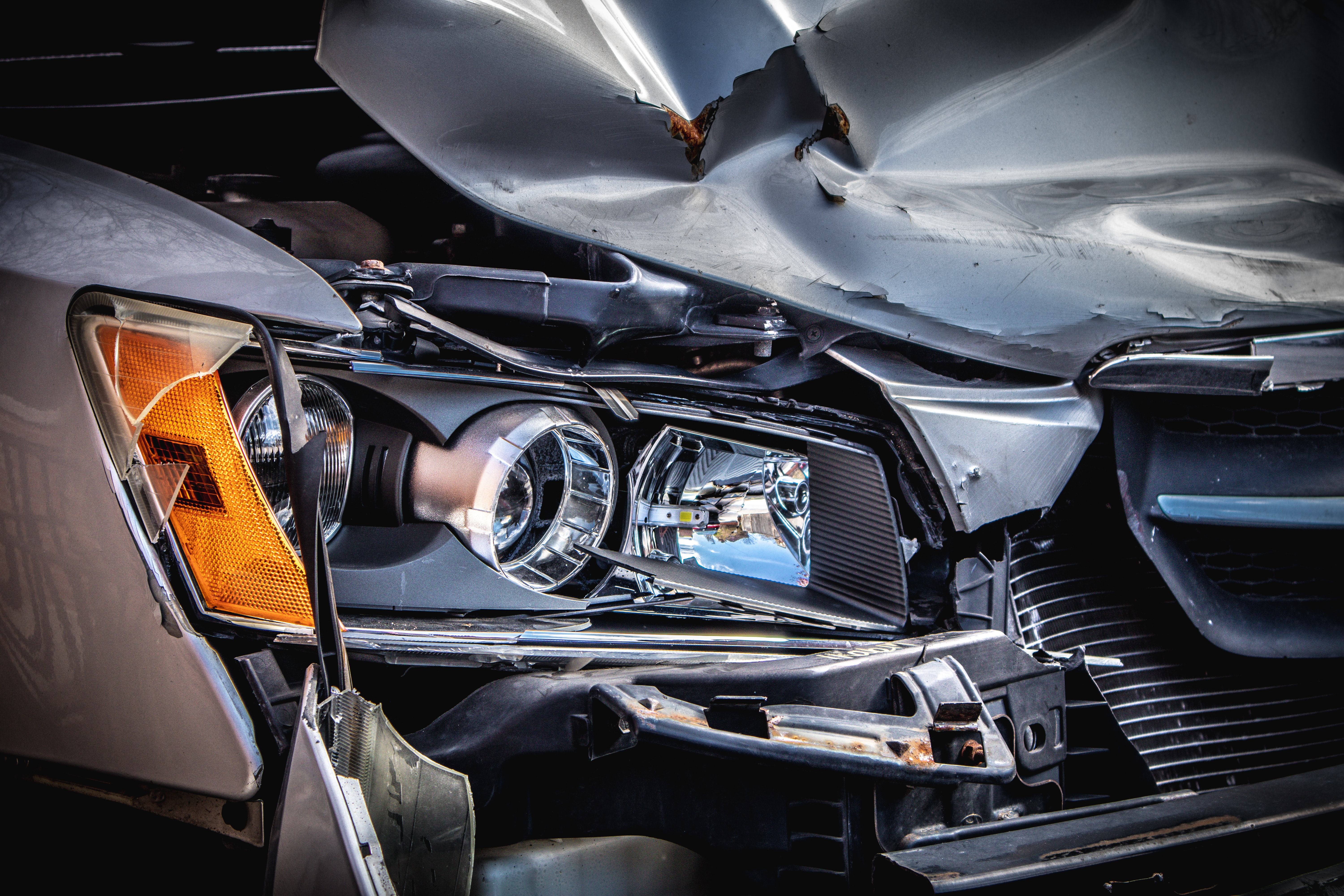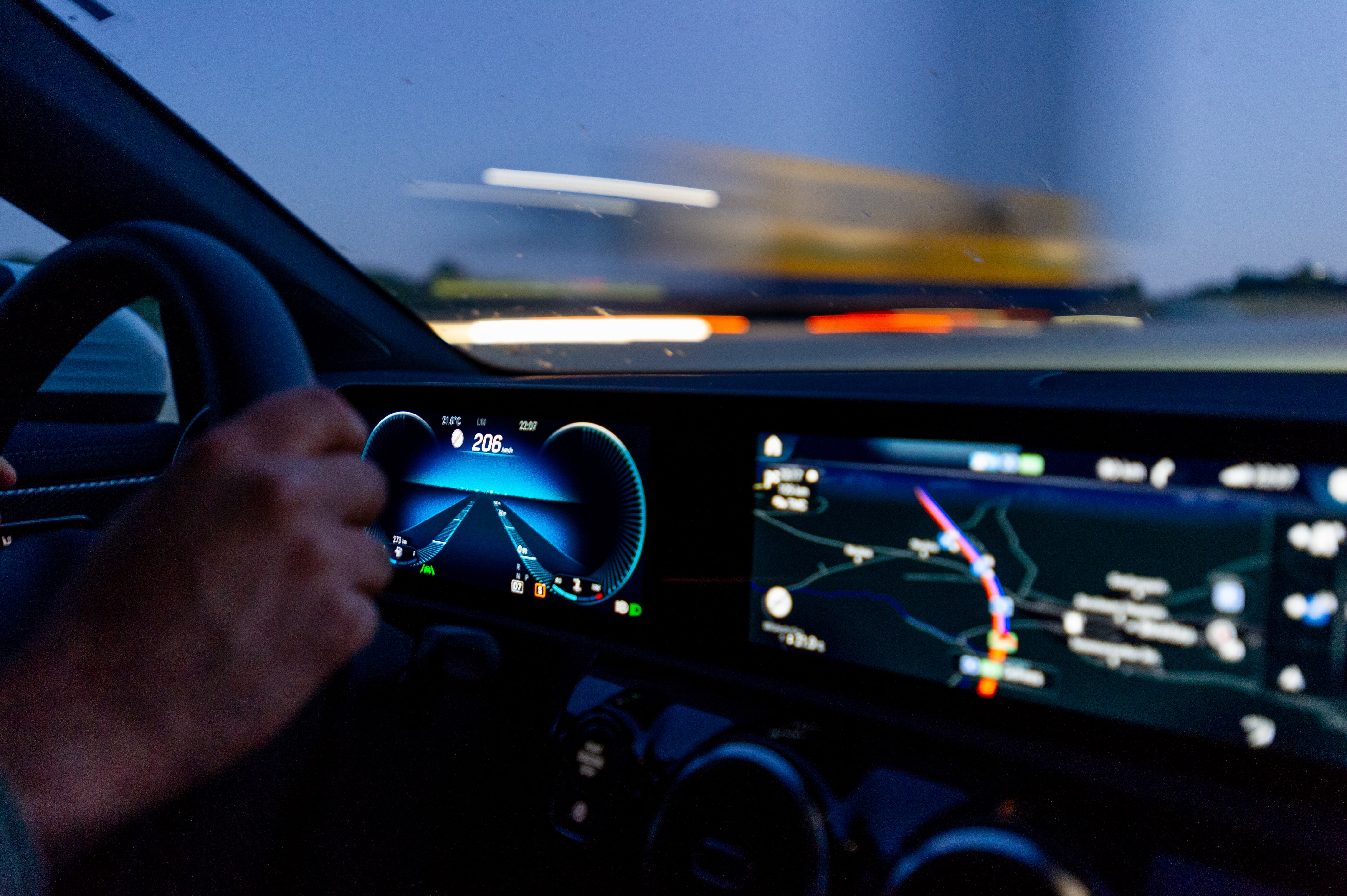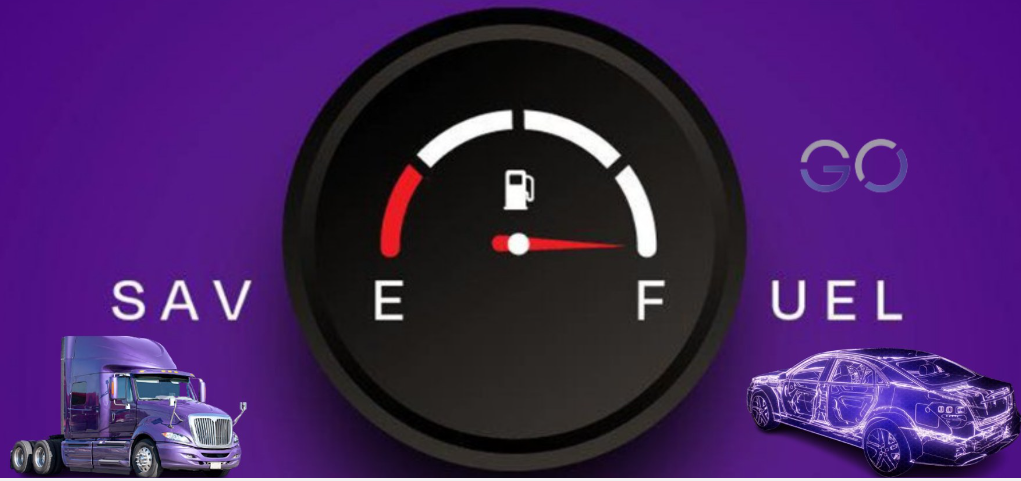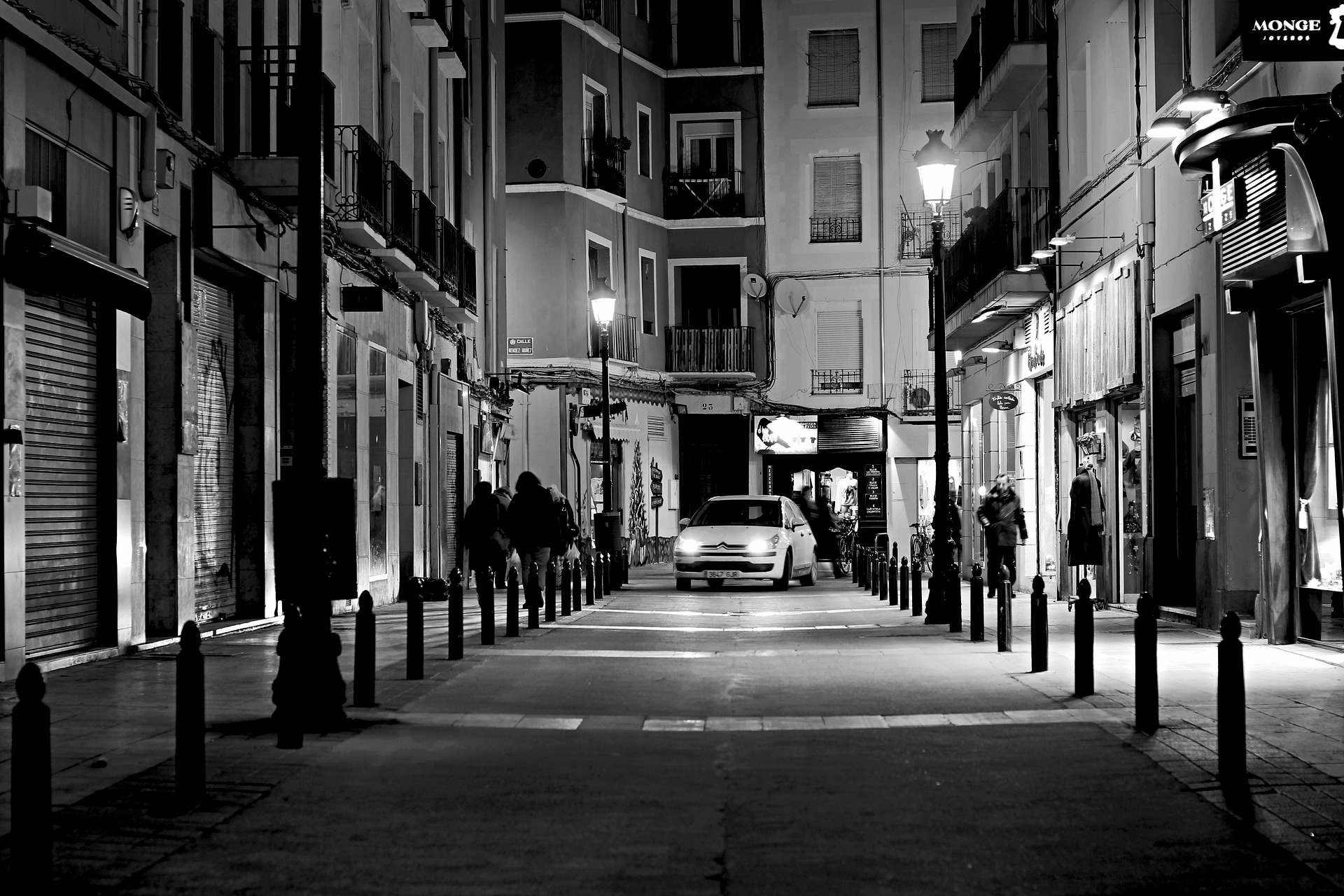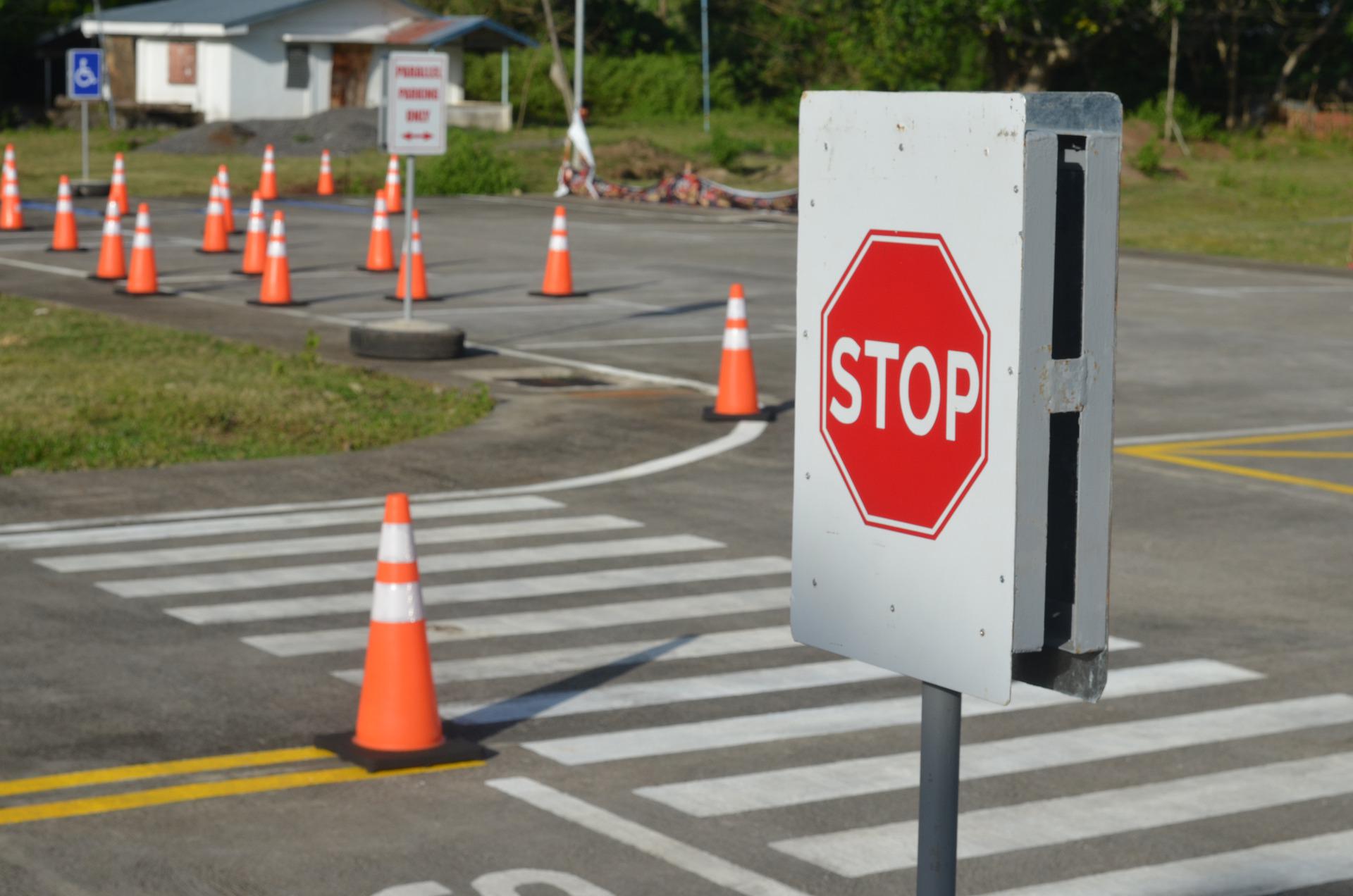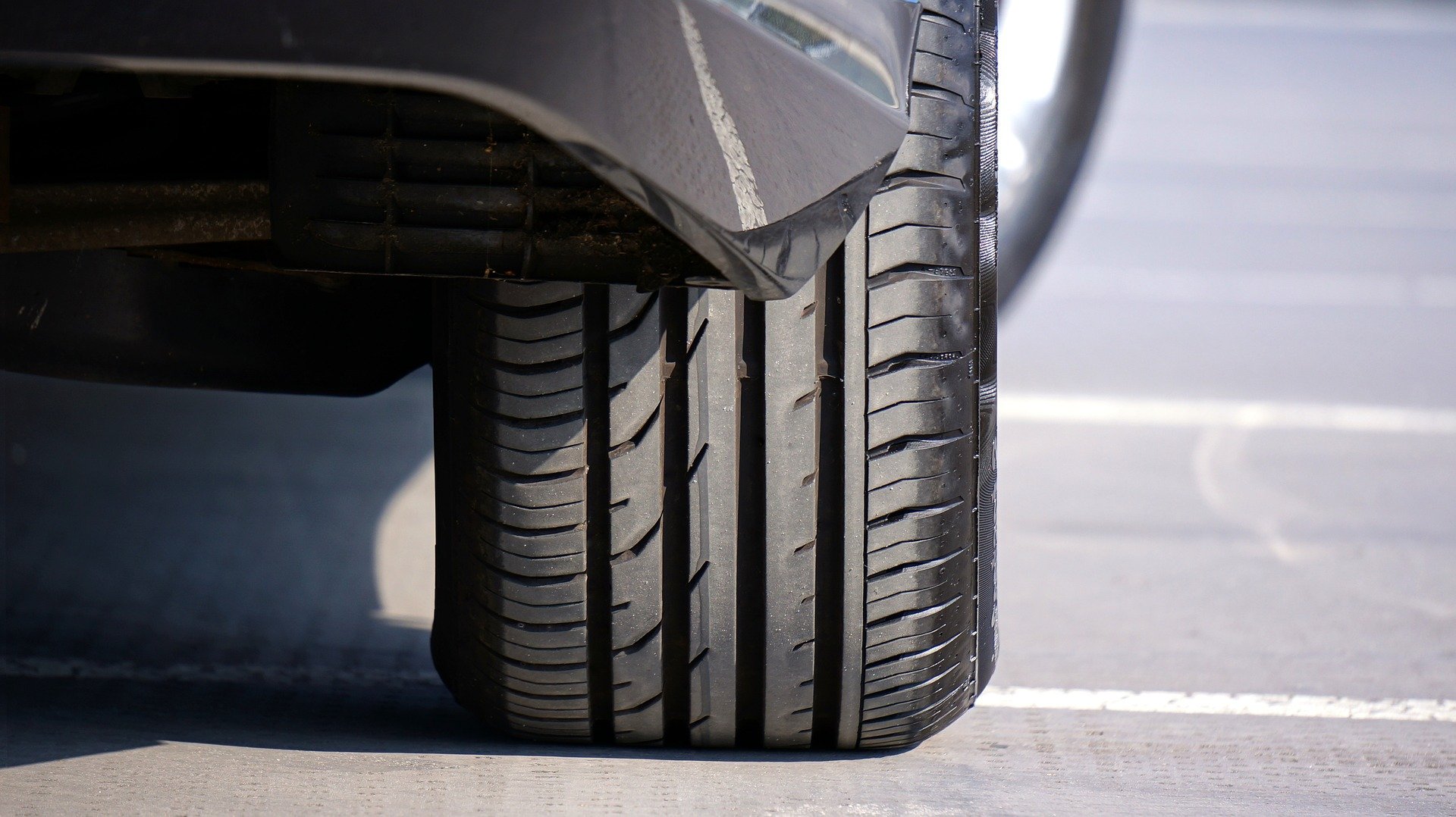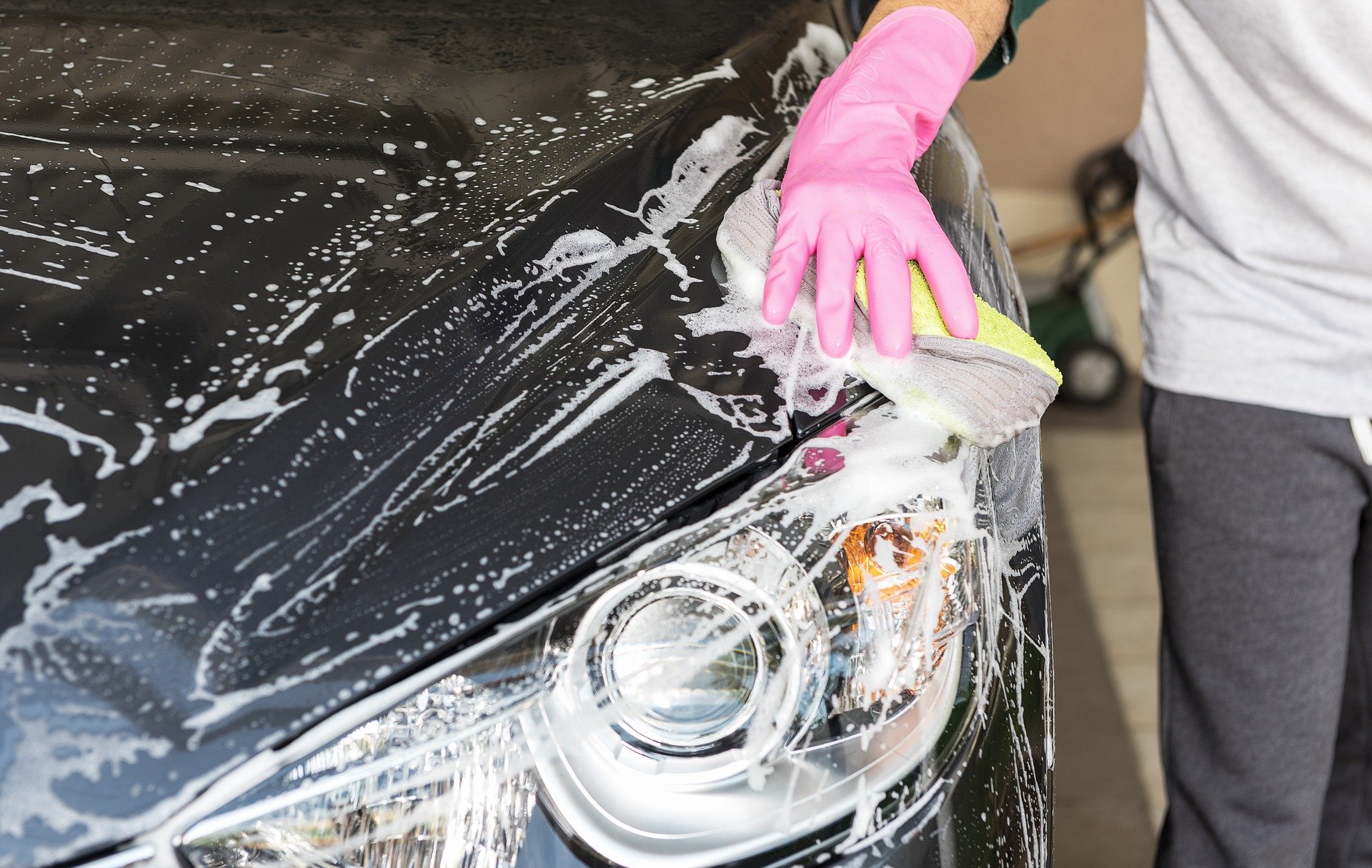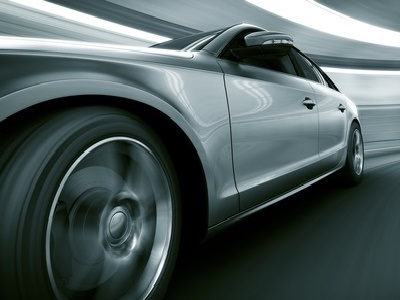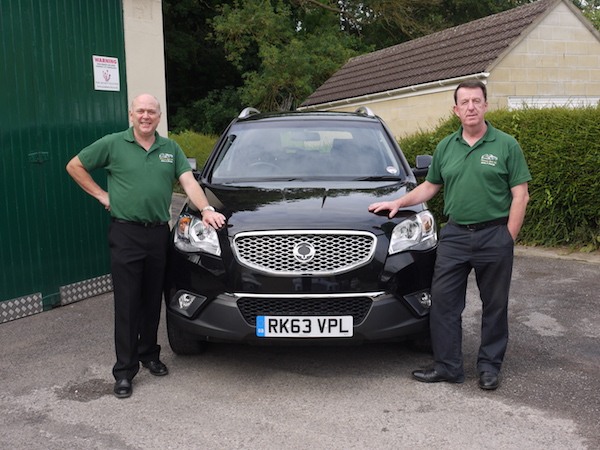In case you missed it see what’s in this section
Let's Talk
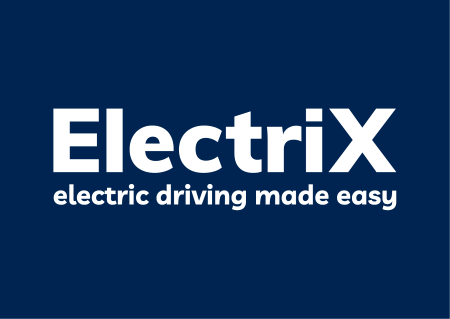
Electric Vehicle Charging
The number of people choosing an electric vehicle (EV) continues to grow. Great news for the environment, air quality and lower vehicle running costs. But the process of charging an electric car is new for many drivers, so we’re covering off the basics.
What do I need to charge my electric car?
Most EVs come with a charging cable which fits the majority of charge points.
Where can I charge?
Most new electric vehicles can cover over 200 miles on a full charge so you may not need to recharge as often as you think. Many people choose to charge at home but there are plenty of public charging options too.
Home charging
A huge positive of driving an EV compared with petrol or diesel, is that you can charge your car at home. It is usually the most convenient and cost-effective way to charge. If you plan to regularly charge at home, check with your electricity provider that you’re on the most suitable tariff.
So, what are the options for charging at home?
- Driveway charging via a dedicated ChargePoint
- On street / lamp post charging – new installations can be requested via your local council website
- Community charging – some areas operate a charger sharing scheme
Public charging
You will find public charging in many convenient locations including supermarkets, motorway service stations, retail car parks and hotels. And the number of public charging points is increasing fast.
How do I pay at a public chargepoint?
Payment is typically in-app, contactless or via radio frequency identification (RFID) token. The process is being further simplified thanks to new UK government legislation introduced in October 2023. This will ensure that more chargepoints offer contactless payment and prices are easy to compare.
How long does EV charging take?
It can be as little as 30 minutes and up to around 12 hours. That depends on a few factors; the size of the battery, whether you’re charging from empty and the speed of the charger.
What are the different kinds of chargepoints?
- Low speed and standard – the cheapest chargers, typically residential where vehicles are parked for a number of hours.
- Rapid & ultra-rapid – public chargepoints which are likely to be more expensive - a vehicle can be charged to 80% in about 30 minutes.
Workplace charging
More workplaces now offer EV charging onsite. This should become more widespread as government grants are available to support businesses with installation.
What happens if I run out of charge?
Remaining range on the EV dashboard is highly visible. If you do run out of charge, contact your breakdown or insurance provider to get you back on your way
EV charging tips
Plan your charging – to avoid any range anxiety on longer journeys, plan your stops using an EV map app or the ElectriX charging map. Most apps provide live charger availability as well as payment option information.
Charge when you stop on long journeys – build in a top-up charge when you’re stopping anyway – whether that’s for a comfort break or coffee.
Stop charging at 80% - the last 20% takes longer and charging up to 80% can also help extend your battery life.
Don’t hog the charger – observe EV driver etiquette. When you’re done with the charger, move your car – just as you would on a traditional garage forecourt.
Always carry your charging cable as back-up – although most public chargers have a tethered cable.
Weather in Bristol
Listings




